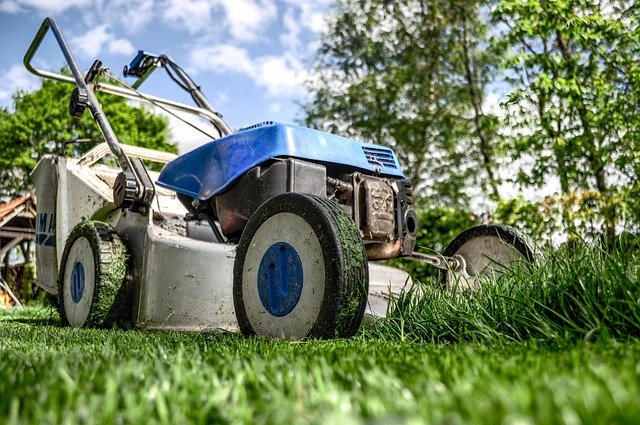Gardening Services: Practical Guide to Care and Maintenance
Professional gardening services cover a broad range of tasks that keep outdoor spaces healthy, functional, and visually pleasing. Whether you have a small yard or a larger property, regular care helps plants thrive, prevents pest and disease problems, and preserves landscape value. This guide explains common service offerings, basic maintenance, and how to match help to your needs.

What do gardening services cover?
Gardening services typically include routine tasks such as planting, pruning, weeding, mulching, seasonal cleanups, soil testing, and irrigation checks. Technicians assess plant health, remove dead material, and recommend changes to planting schemes when necessary. For vegetable or ornamental beds, services may extend to composting, staking, and pest monitoring. Many providers offer scheduled visits or one-time projects depending on the garden’s size and complexity.
How does landscaping differ from gardening?
Landscaping often refers to larger-scale design and construction work that alters the structure of outdoor spaces, while gardening focuses on ongoing plant care and maintenance. Landscaping can include hardscaping (patios, paths, retaining walls), grading, drainage solutions, and installing irrigation systems. After installation, gardening services maintain the living elements—pruning trees, caring for beds, and managing turf. Both disciplines overlap: good landscaping design reduces maintenance needs, and attentive gardening preserves design intent.
How to maintain a healthy garden
Regular monitoring and seasonal routines are the foundation of garden health. Tasks like timely pruning, appropriate fertilization, and correct watering schedules help plants resist stress and disease. Soil health is critical—amending with organic matter and testing pH or nutrient levels can guide adjustments. Rotate planting in vegetable gardens to reduce pests, and choose plant varieties suited to local climate and soil. Encourage biodiversity by incorporating native species and pollinator-friendly plants to create more resilient ecosystems.
What does lawn care include?
Lawn care covers mowing, edging, aeration, overseeding, fertilization, weed control, and pest/disease management. Proper mowing height and frequency support root development and reduce stress. Seasonal aeration relieves soil compaction, improving water and nutrient uptake. Overseeding fills thin patches and maintains density; targeted fertilization supports growth without promoting excessive thatch. Many gardeners and service providers recommend an integrated approach combining cultural practices, spot treatments, and, when needed, professional assessment to address persistent issues.
How to choose plants for your space
Selecting plants that match site conditions—light, soil, drainage, and microclimate—is essential for long-term success. Assess how much sun different garden areas receive, note wind exposure, and test soil moisture. Choose plants with compatible water and maintenance needs to simplify care. Consider size at maturity to avoid overcrowding, and prioritize diversity to reduce vulnerability to pests and diseases. Native and adapted species often require less input and support local wildlife, while container plants can be a flexible option for limited spaces.
Conclusion
Hiring gardening services can free up time while ensuring knowledgeable care for plants, lawns, and landscape features. Clarifying goals—whether seasonal cleanup, ongoing maintenance, or a one-time redesign—helps match the right provider to your needs. Regular attention to soil, appropriate plant selection, and consistent lawn care practices reduce long-term problems and costs. For property owners, adopting a plan that combines preventive maintenance with occasional professional input keeps outdoor spaces healthy, sustainable, and attractive without unnecessary effort.






